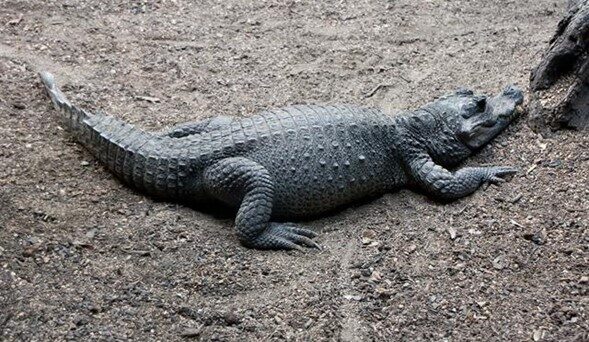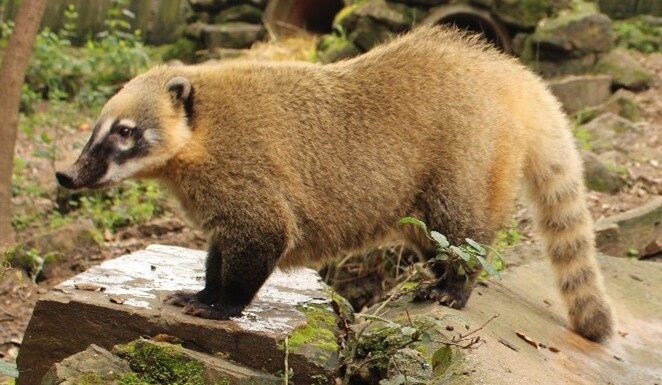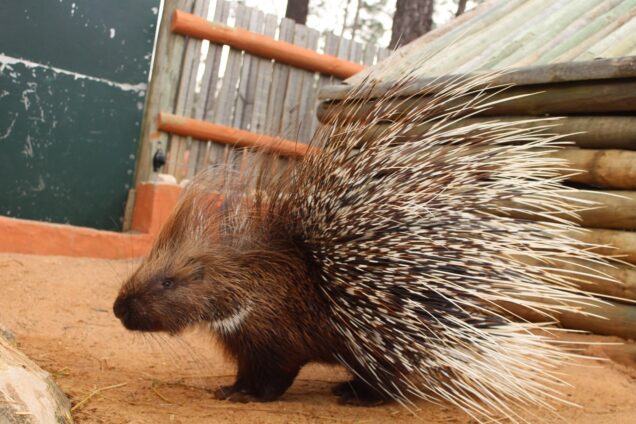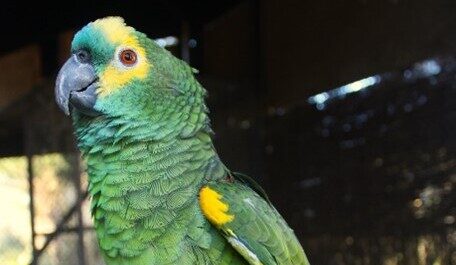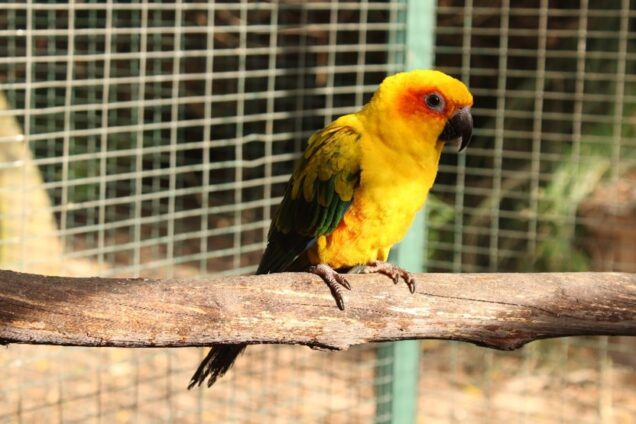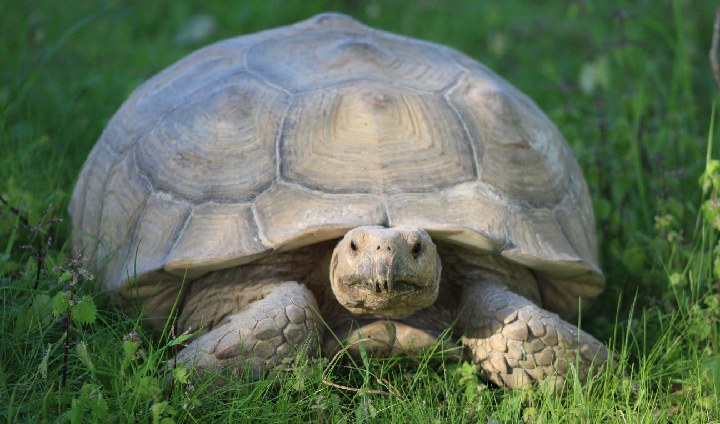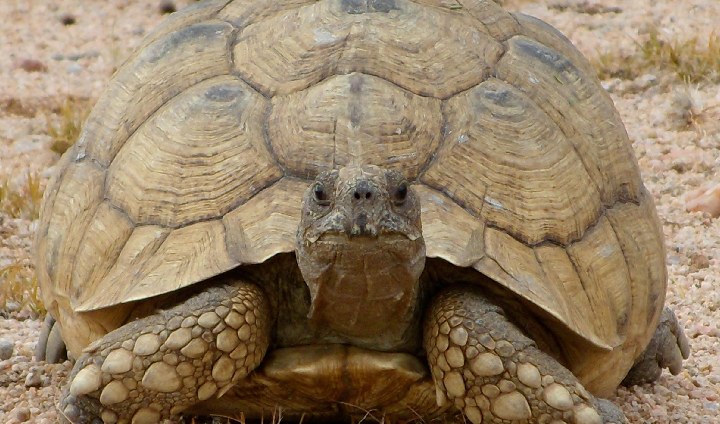Diet: They are carnivores and can eat a lot of everything from fish, crabs, insects, lizards, sea birds and bats. Reproduction: These crocodiles only interact during the breeding season and this takes place at the beginning of the rainy season.... READ MORE.
Pedestrian Tour
Rainbow lorikeet
Diet: Its main food consists of nectar and fruits. They can also eat some greens and seeds. Reproduction: Like most Australian birds, lorikeets incubate their eggs in tree holes. A hollow trunk or a eucalyptus branch are generally chosen. Two... READ MORE.
South American coati
Diet: Omnivorous animals and tend to seek out fruits and invertebrates. If available, they may even feed on small mammals, rodents and decaying meat. They can also ingest small root vegetables. Reproduction: Typically polygamous animals and the breeding season varies... READ MORE.
Cape Porcupine
Diet: Herbivorous animal with a diet consisted of fruits, roots and tree bark. They can occasionally ingest insects and small vertebrates. It is normal to see porcupines gnawing on bones to obtain calcium and to sharpen their teeth. Reproduction: The... READ MORE.
Blue-fronted parrot
Diet: These parrots are essentially granivorous, they prefer seeds, but they also feed on fruit, nuts, leaves and flowers. Reproduction: They are a monogamous species. They live in pairs although they interact a lot with the flock. During the reproductive... READ MORE.
Aratinga
Diet: Granivores and frugivores. They eat seeds, nuts, fruit, and berries. Reproduction: They are monogamous birds that mate from August to January being the month of September the most important one. They nest 3 to 4 times per year and... READ MORE.
Green Iguana
Geographic Distribution: Iguanas are found throughout Central and South America, from Sinaloa and Veracruz, Mexico, south of the Tropic of Capricorn in Paraguay and southeastern Brazil. They also inhabit many islands in the Caribbean and in the east coast of... READ MORE.
African Spurred Tortoise
Habitat and Geographical Distribution: Grasslands, shrublands and dry savannahs along the southern edge of the Sahara desert. Diet: Opportunist and omnivore. Feeds mainly on herbaceous and some succulent plants, but also on animal carcasses encountered. This is the largest terrestrial... READ MORE.
Leopard Tortoise
Habitat and Geographical Distribution: Arid and savannah regions of eastern and southern Africa. Diet: Herbivore. Diet includes a wide variety of plants. Reproduction: Oviparous. Females prepare nests on the ground. After laying 6-15 eggs, the female covers the nest with... READ MORE.


